Phil Grauer
New work, Nov 2 – Dec 30, 2003
Past: 55 Chrystie St
Installation view, New work by Anke Weyer and Phil Grauer, Canada, New York, 2003
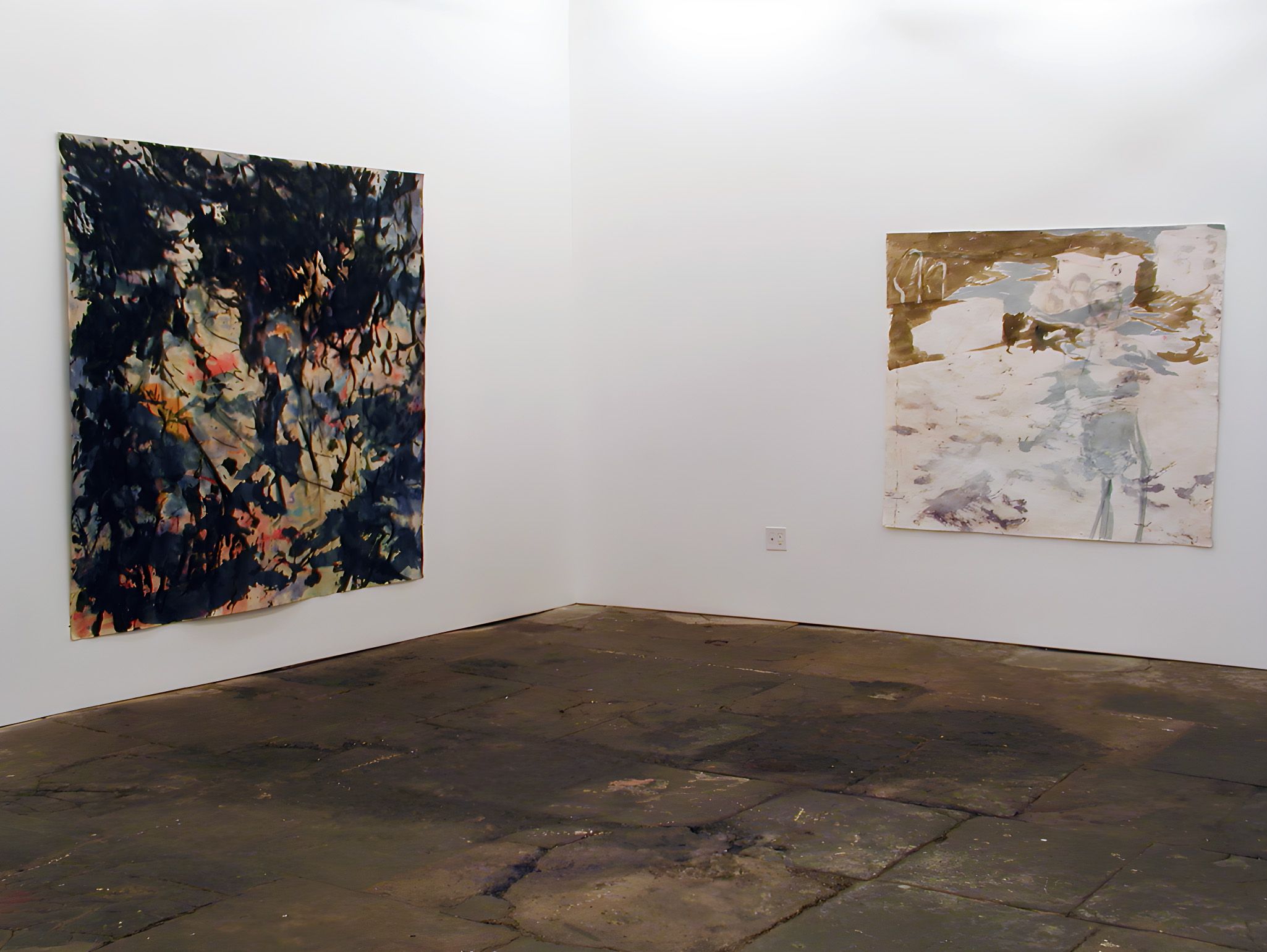
Installation view, New work by Anke Weyer and Phil Grauer, Canada, New York, 2003
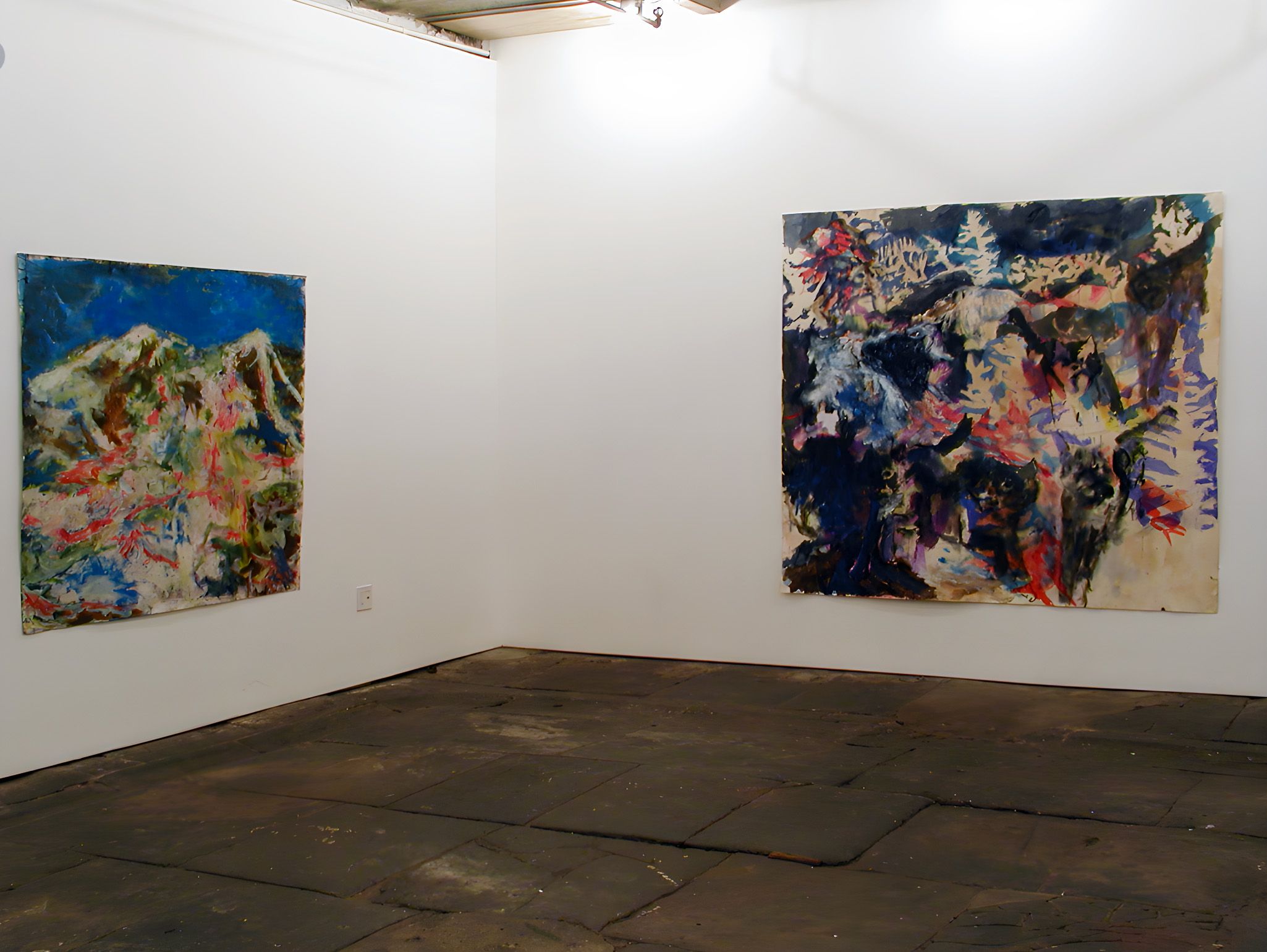
Installation view, New work by Anke Weyer and Phil Grauer, Canada, New York, 2003

Installation view, New work by Anke Weyer and Phil Grauer, Canada, New York, 2003
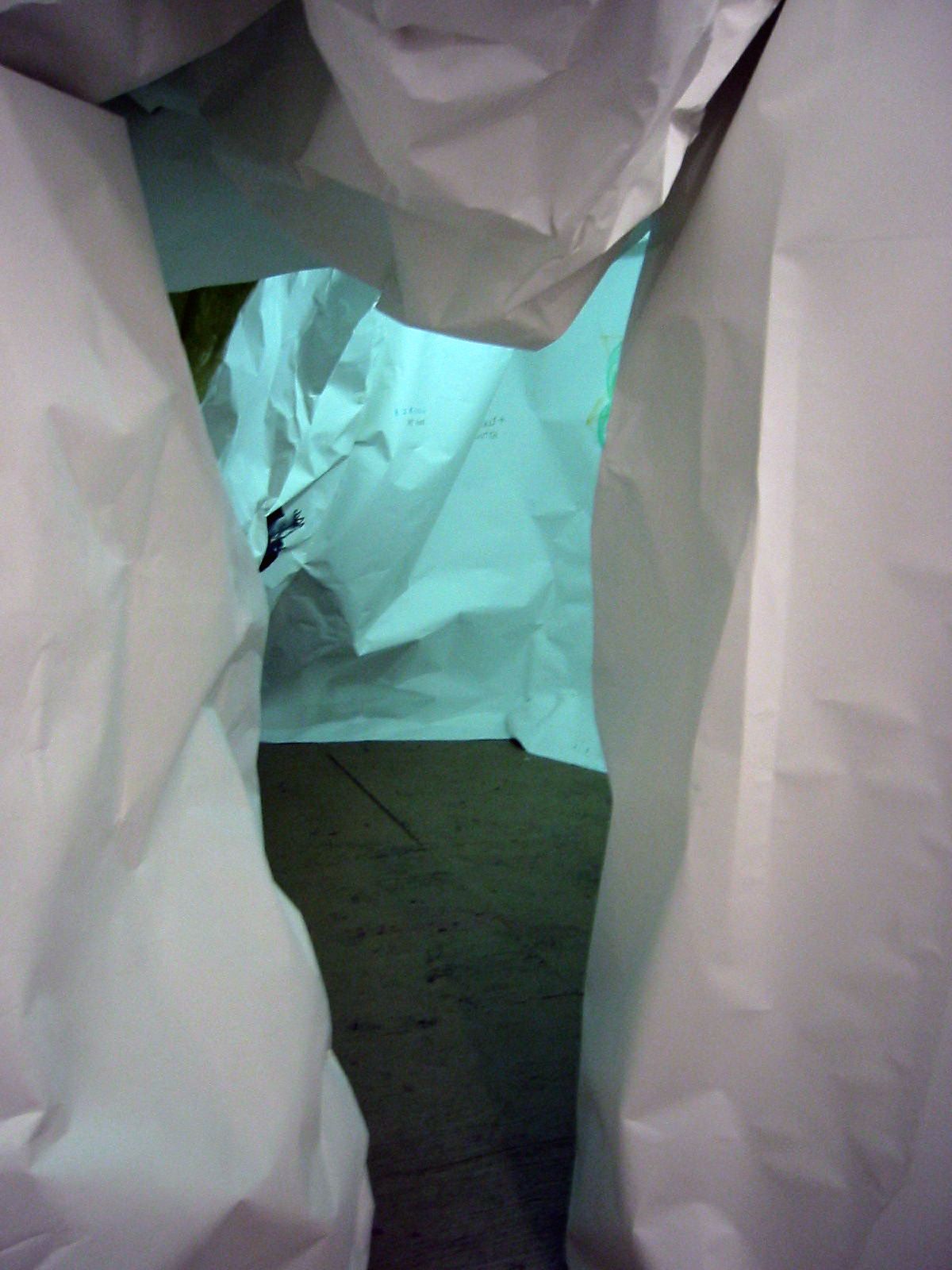
Installation view, New work by Anke Weyer and Phil Grauer, Canada, New York, 2003
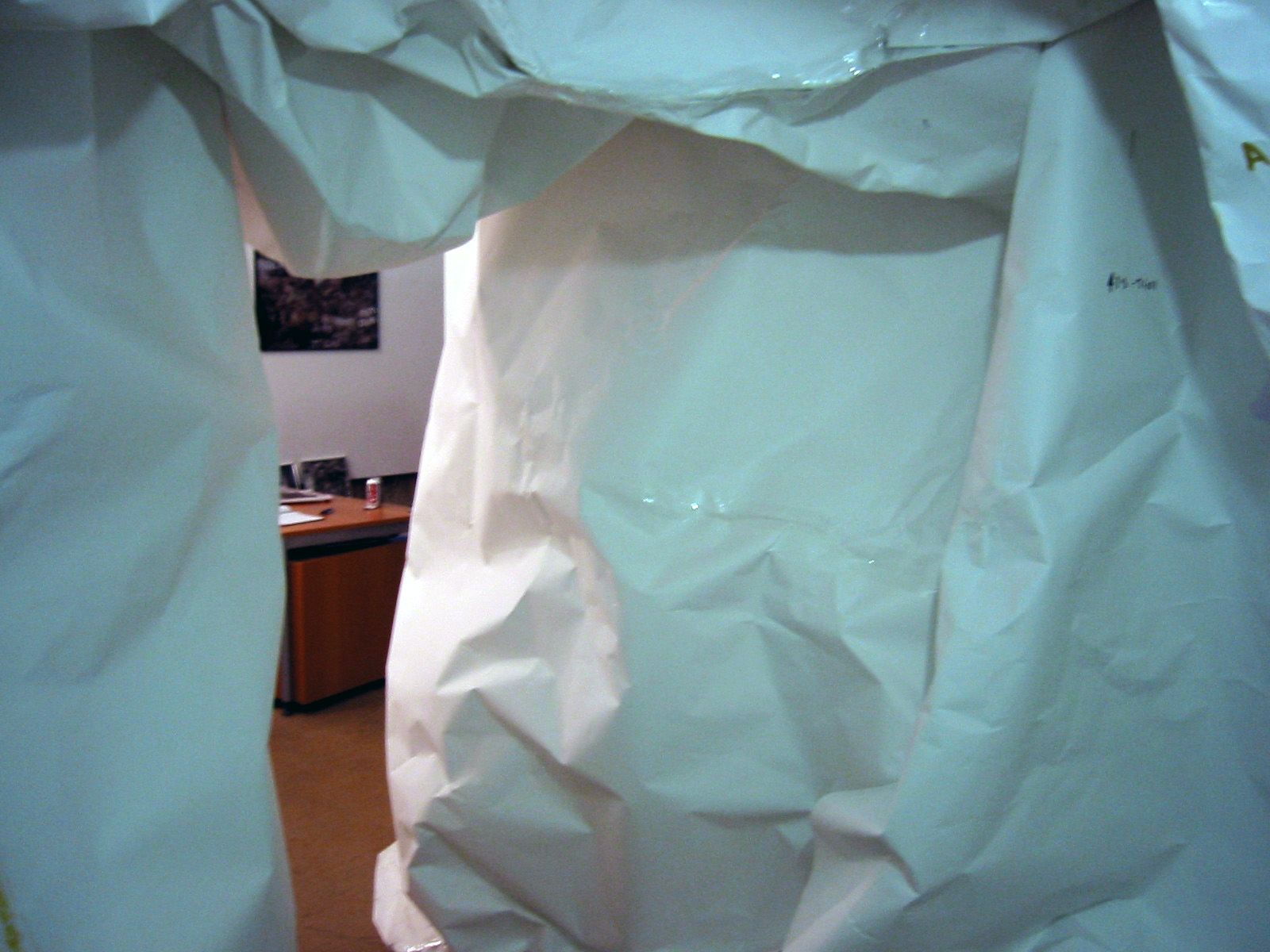
Installation view, New work by Anke Weyer and Phil Grauer, Canada, New York, 2003
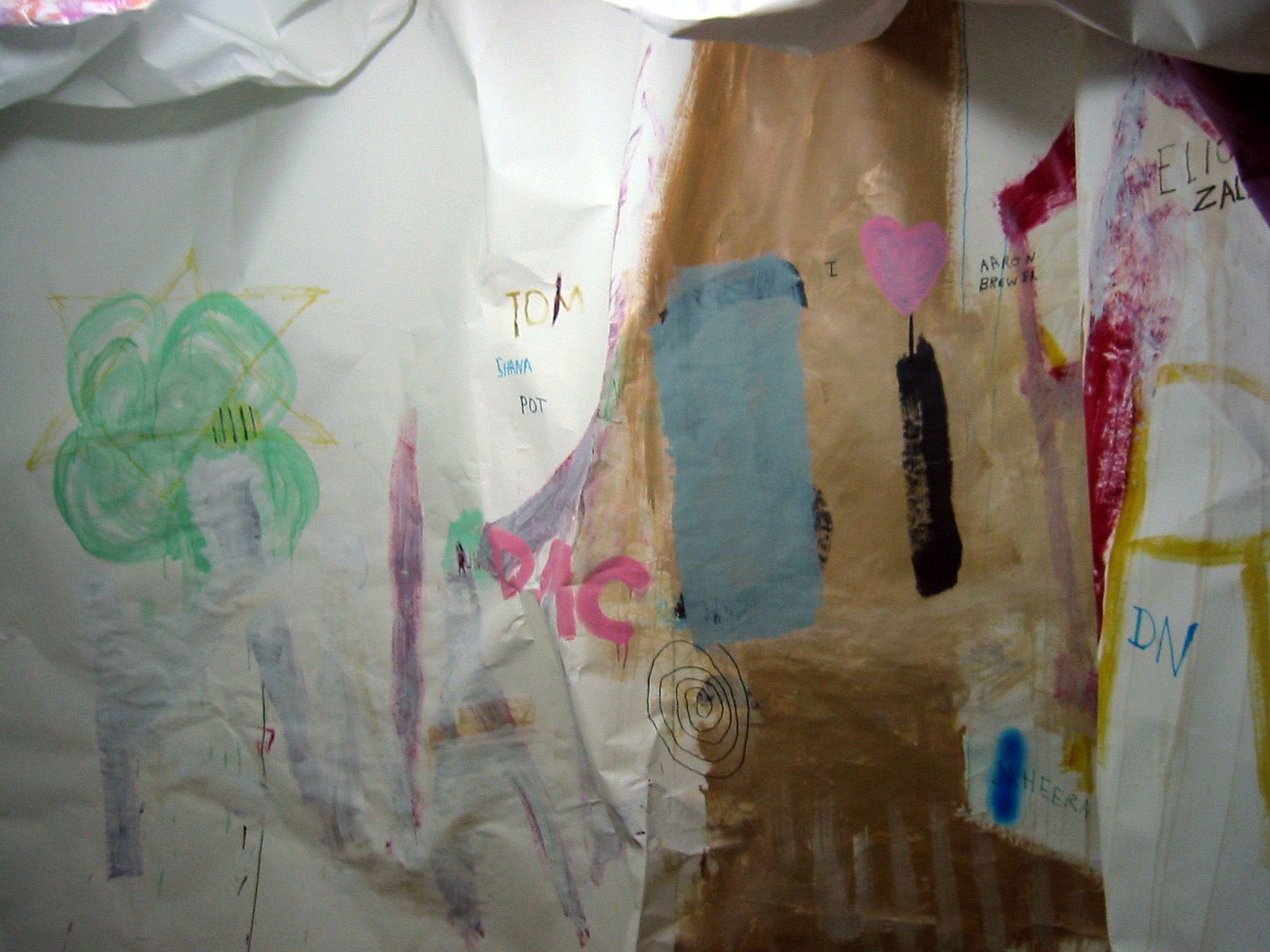
Installation view, New work by Anke Weyer and Phil Grauer, Canada, New York, 2003
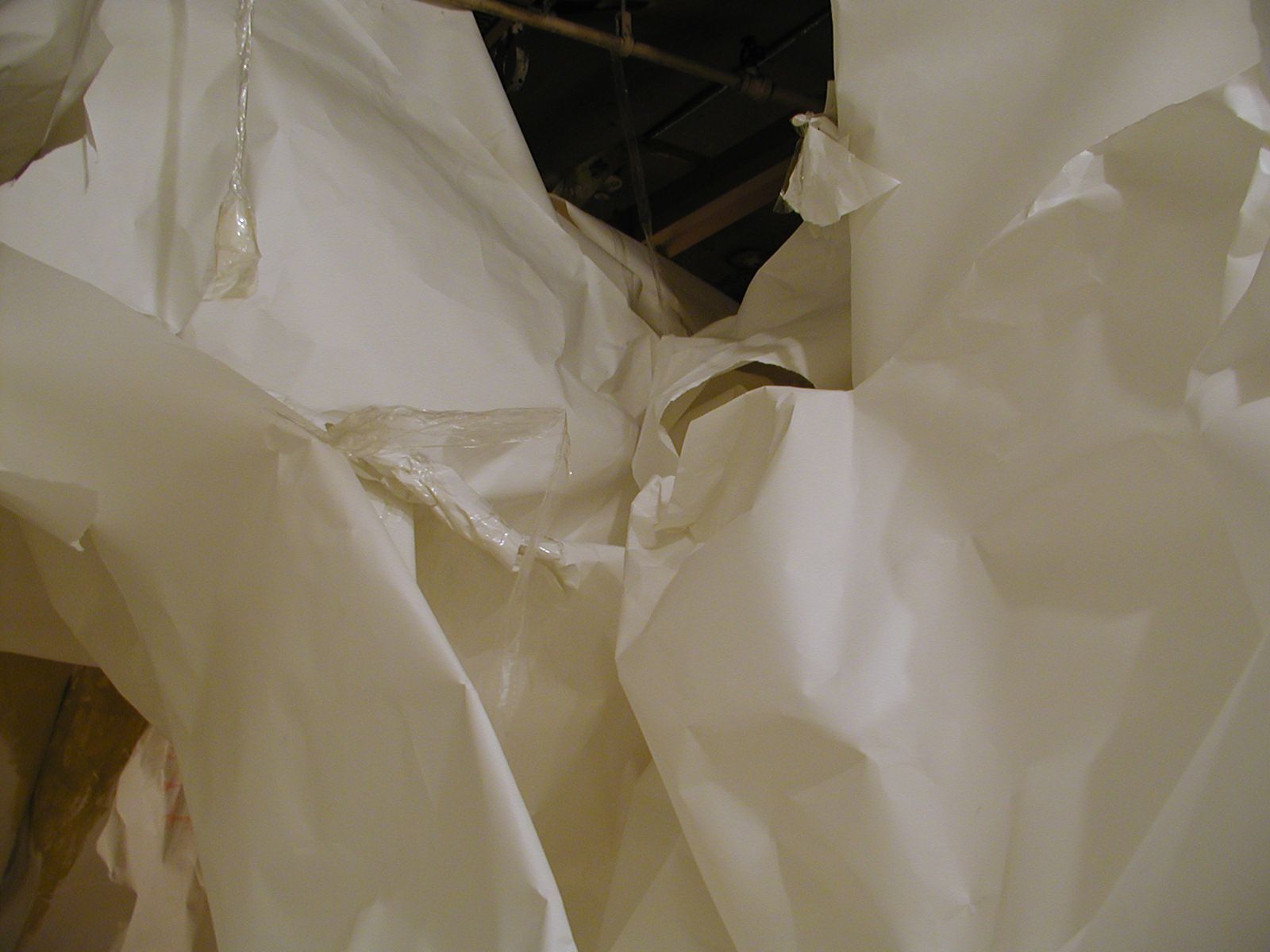
Press Release
New work by Anke Weyer and Phil Grauer
Anke Weyer, the artist chosen by CANADA for its premier show in September 2000, returns with a set of memorable new paintings.
Miss Weyer’s recent paintings are landscapes made of devastating color and wild technique each containing a figure which is nearly indistinguishable from the field which they are positioned. The paintings examine a romantic imagination of the sea and the mountains with a peculiar condition, the mountains are generally ski slopes, the sea, is generally a swimming pool.
In both sets of imagery, pools and ski slopes, the landscape quickly becomes field and the figures which subtly differentiate themselves, are contemplating whether or not to move forward into these contained and partitioned infinities. The contradictions are many as these landscapes are not traditionally Romantic, and yet everything about Romanticism is there: odysseys, contemplation of eternities, sublime nature, etc.
They are perhaps distinctly urban as if the sea and mountains are too difficult to imagine from the city, and instead only these developed images of nature, based loosely on photographs, are available for reverie; as if water and land at this scale can only be seen in this mediated way. But the potency of the symbol is not diminished by their containment, and there is no tragedy in their development. They remain an abyss to be examined, as sublime as any wilderness.
Two years in waiting, Phil Grauer’s debut at CANADA, is a much anticipated peek at an elusive and mysterious body of work. For this show, Grauer has installed a paper cave inspired by glacial cliffs that make up the small islands of the Thousand Islands Region along the border of New York State and Canada.
The cave vaguely marked with cave paintings, someplace between graffiti and prehistoric cave painting, also cryptically alludes to fire and Plato’s shadows on cave walls and to Tora Bora, as if to further tease us about a general state of stability/instability and certainty/uncertainty in contemporary political culture. It gently asks “what will happen?”, but offers no speculation on the answer.
Furthermore, it hints at the necessity of banal joys in domesticity and vacation (leisure) perhaps as a way to continue while we try to figure out “what now”?), as the cave is also a house, the fire a hearth, and the cliffs themselves are the diving boards for swimmers to enter the lakes which are the primary pleasure of the geography from which the form is derived.